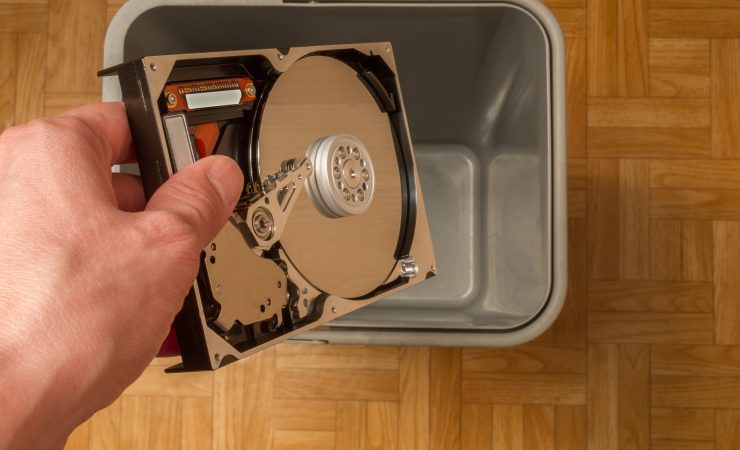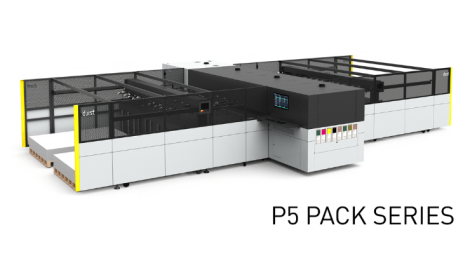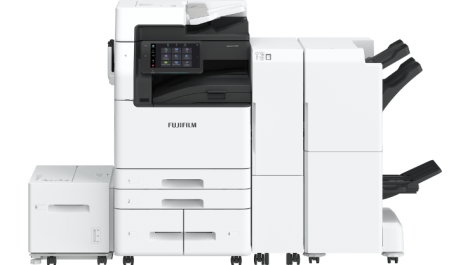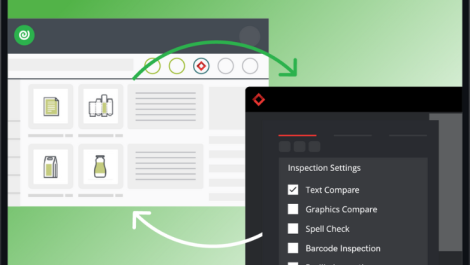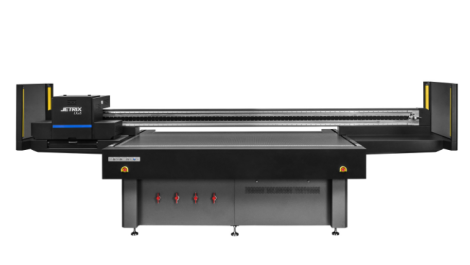RIP and workflow developer Global Graphics has introduced a line of new technologies designed to break the performance bottleneck in high speed digital print applications of all kinds.
Under the Direct brand, the company has introduced three tightly integrated components designed to enable printing at engine speed in OEM applications as diverse as single-pass corrugated and textile printing, fast web inkjet and narrow web label printing.
The key principle is to avoid continuous writing to and reading from hard disks, as even with solid state drives, the data throughput rates are becoming a bottleneck as press manufacturers move from 600 to 1200dpi resolutions (a quadrupling of data), add more print bars to support additional colours, or increase the width or speed of web-fed presses, while users are increasingly looking for fully variable every-page-different output. Instead, the Direct technologies allow RIPped and screened data to be sent continuously to the printhead electronics for immediate printing, enabling high quality print at full rated engine speed.
The first of the three components is ScreenPro Direct, which handles TIFF files or pre-RIPped pages, applies screening and streams the data to the printhead control circuits. It includes PrintFlat, Global Graphics’ technology for smoothing areas of flat tints that may otherwise suffer from uneven output across the width of a printhead, leading to visible banding or other artefacts.
The second is Harlequin Direct, an implementation of the company’s established RIP software on very high performance PCs. Typically one entire PC is needed per colour, per side, so that a duplexing CMYK press would require eight PCs but this configuration can drive a 20in web press with 600 x 1200dpi printheads at 300m/min. Additional spot colours or white/clear would also increase the computing requirement but the system can also accommodate lower resolutions for the latter if desired.
The third element is Streamline Direct, which is intended to make PDF processing predictable in order to keep the system fed at rated speed as far as possible. It can predict line speed and in presses that support it, could reduce press speed if necessary. Other options are pre-ripping for subsequent on-the-fly screening and streaming of data to the printheads or processing PDF files to exploit features of the Harlequin RIP to improve throughput.
These technologies are complemented by printhead controller designs from subsidiary company Meteor Inkjet, or may be integrated with other vendors’ drive electronics.
Eric Worrall, Global Graphics Software’s VP of product management, commented, ‘Direct is created from the ground up specifically for the digital world and is compatible with any digital press. We started with the toughest requirements for data and image quality because once you’ve cracked that problem, you can scale back from there for less demanding environments with the appropriate choice of hardware.
The technology is already with OEM customers, who Global Graphics did not name. It is available immediately and will suit sheet-fed devices as well as roll-fed ones, including both existing and forthcoming models. Products that feature some or all Direct components are expected to be announced in the third quarter of this year.
